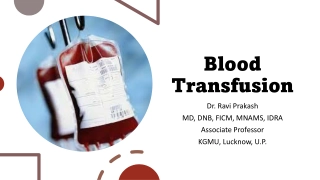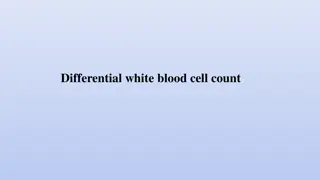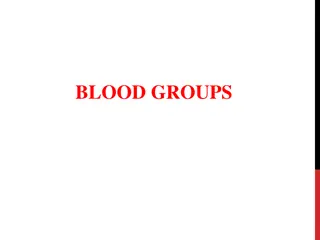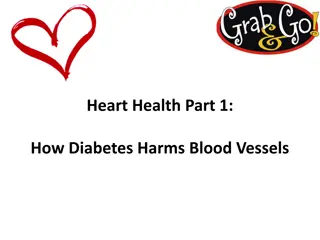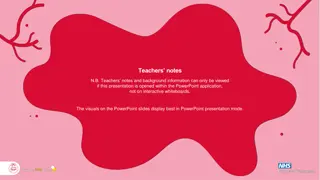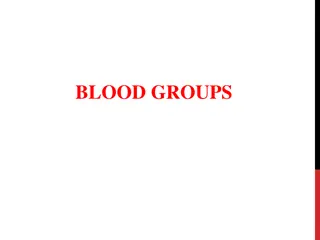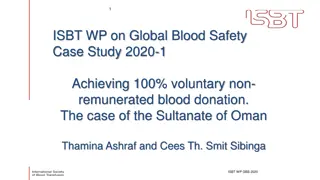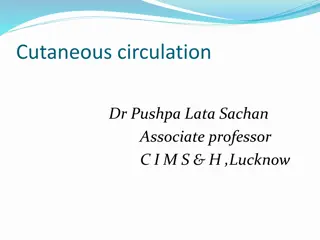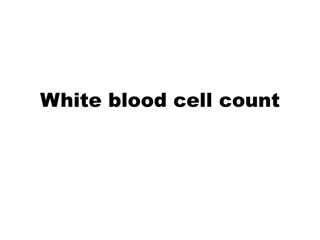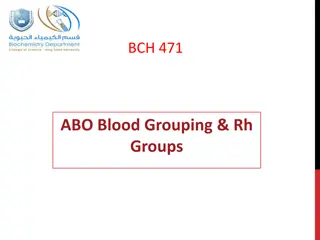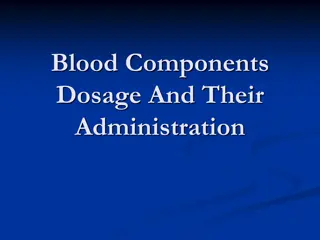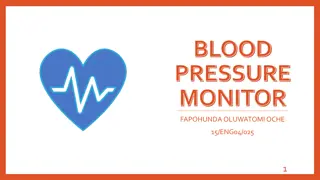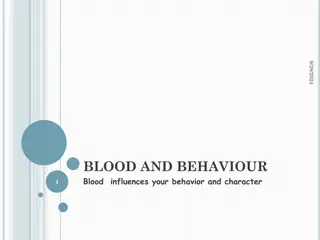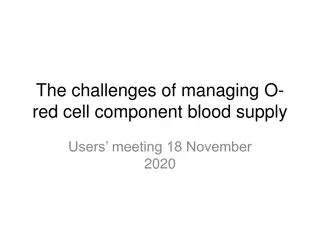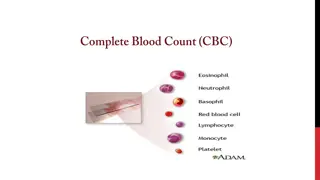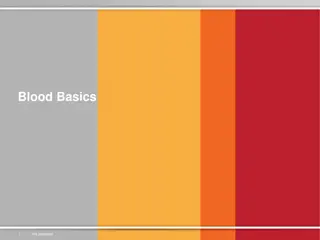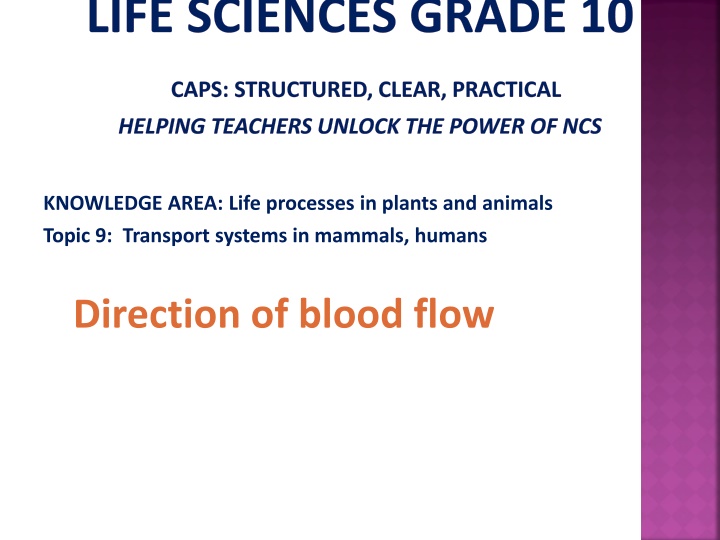
Blood Flow in Humans: Double Circulation System Explained
Explore the intricate transport systems in mammals and humans, focusing on the direction of blood flow through the pulmonary and systemic circuits. Discover the process of oxygenation and deoxygenation in the lungs and the heart's role in circulating blood effectively.
Download Presentation

Please find below an Image/Link to download the presentation.
The content on the website is provided AS IS for your information and personal use only. It may not be sold, licensed, or shared on other websites without obtaining consent from the author. If you encounter any issues during the download, it is possible that the publisher has removed the file from their server.
You are allowed to download the files provided on this website for personal or commercial use, subject to the condition that they are used lawfully. All files are the property of their respective owners.
The content on the website is provided AS IS for your information and personal use only. It may not be sold, licensed, or shared on other websites without obtaining consent from the author.
E N D
Presentation Transcript
LIFE SCIENCES GRADE 10 CAPS: STRUCTURED, CLEAR, PRACTICAL HELPING TEACHERS UNLOCK THE POWER OF NCS KNOWLEDGE AREA: Life processes in plants and animals Topic 9: Transport systems in mammals, humans Direction of blood flow
1. Knowing Life Sciences 2. Investigating Phenomena in Life Sciences 3. Appreciating and Understanding the History, Importance and Applications of Life Sciences in Society
SPECIFIC SKILLS Apply knowledge in new contexts Access information Use knowledge in a new way Select key ideas Analyse information/data Recall information Critically evaluate scientific information Describe knowledge of NS Build a conceptual framework Recognise relationships between existing knowledge and new ideas Organise or reorganise knowledge Write summaries Identify assumptions Develop flow charts and mind maps Categorise information Recognise patterns and trends
DIRECTION OF BLOOD FLOW Humans have two circuits of blood flow. This is called double circulation. This means that blood flows in two different directions at the same time. These two circuits of blood flow are : a) The pulmonary circuit. b) The systemic circuit. In the pulmonary circuit blood flows from the heart to the lungs and back to the heart. In the systemic circuit blood flows from the heart to all parts of the body and back to the heart.
The pulmonary system: Deoxygenated blood from the right ventricle is forced into the pulmonary artery. The pulmonary artery branches as it leaves the heart and one branch enters each lung. In the lung the artery branches until it forms tiny capillaries. These capillaries carry the deoxygenated blood to the alveoli. The carbon dioxide diffuses out of the capillaries into the alveoli. Oxygen then moves out of the alveoli and into the capillaries. The blood in the capillaries is now oxygenated The capillaries join and rejoin to form larger and larger veins as they leave the lungs. These veins leave the lungs as the pulmonary veins The pulmonary veins from each lung enters the left atrium of the heart
THE SYSTEMIC CIRCUIT. The systemic circuit is a much larger and more complicated circuit. It is made up of a number Of smaller circuits.
Oxygenated blood from the left ventricle is forced into the aorta. The aorta leaves the heart carrying the oxygenated blood. The aorta branches and rebranches until it forms smaller arterioles that carry oxygenated blood to all parts of the body. These arterioles branch and branch until they form capillaries that supply the cells in the all parts of the body with oxygen. Oxygen moves out of the capillaries into the cells and carbon dioxide moves out of the cells and into the capillaries. The blood in the capillaries is now deoxygenated. The capillaries from the lower half of the body join and rejoin to form veins . The largest of these veins is the inferior vena cava that carries the deoxygenated blood to the right atrium of the heart. The capillaries in the upper half of the body join and rejoin to form bigger and bigger visions. The largest vein is the superior vena cava that carries the deoxygenated blood from the upper half of the body to the right atrium of the hear.
LIVER OR HEPATIC PORTAL SYSTEM The hepatic portal circuit is a branch of the systemic circuit. The hepatic portal vein carries blood rich in digested nutrients to the liver. In the liver the excess glucose is converted to glycogen and stored. The rest of the blood leaves the liver via the hepatic vein. The hepatic vein joins the inferior vena cava.

